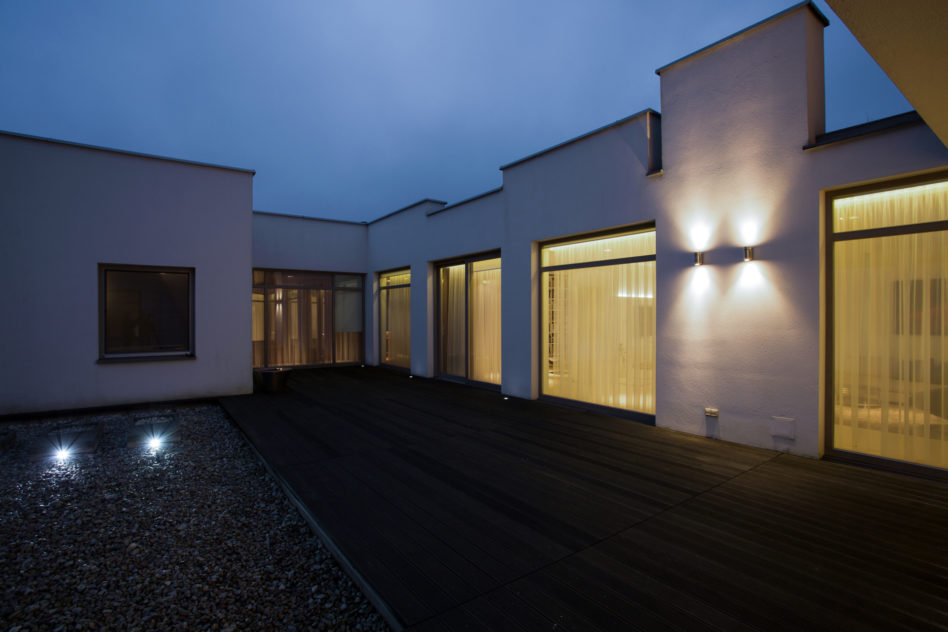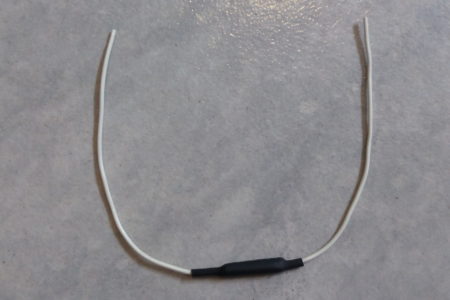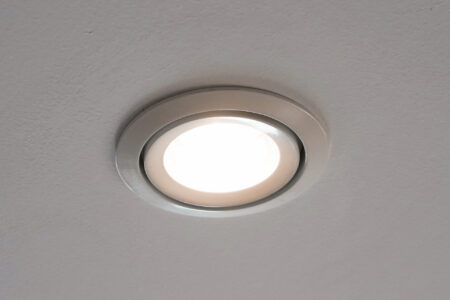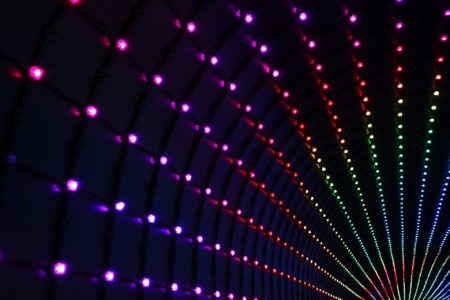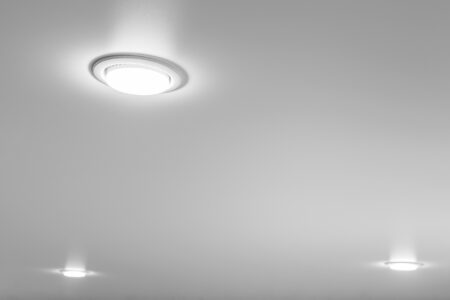Dusk to dawn light sensors, also known as twilight switches are practical, because they automatically turn on the light with the dawn. As soon as it gets lighter again in the morning, the light switches off again. So the lighting is controlled based on the actual lighting conditions, regardless of the time of day. Here you can find everything about twilight sensors in connection with LED lamps.
Dusk To Dawn Light Sensor for LEDs
For automatic control of outdoor lighting, a twilight switch is a good choice. With the help of an integrated light sensor, the connected lighting is only switched on when the brightness falls below the set threshold. The light only goes out again when the threshold is exceeded.
Twilight switches work independently of the time of day and can react to the current lighting conditions in any weather and season. The following terms are also common:
- Dusk to dawn sensor
- Twilight switch
- Twilight sensor
- Brightness sensor
Which twilight switches are good for LEDs?
For LED luminaires with integrated twilight switch, a proper function of course is ensured. With external twilight sensors, you have to take a closer look. On the market there are sensors with two different types of switches for the load circuit.
Electromechanical relay
Twilight switches with an electromechanical relay (quiet clicking sound when switching) are basically good for any type of lighting. When operating LED lamps, no problems should be expected here.
Electronic switch
For twilight sensors with electronic switches you have to pay attention to the load type and minimum load. You can find these either on the sensor itself or on the packaging or in the data sheet. LED lamps represent a capacitive load, the switch must be specifically designed for. This information usually can be found on the packaging.
How to set a twilight sensor?
Setting the brightness threshold
In principle, only the brightness threshold needs to be set for a twilight switch. This determines the switching point at which illuminance in lux activates or deactivates the switching output. To ensure that the light does not always switch on and off when twilight falls within the threshold range, the electronics have a hysteresis. The lux value for switching off is therefore slightly higher than the switch-on value.
The switching threshold is set with many twilight switches via a potentiometer. This is often accessible from the outside via a small wheel. Sometimes it is also located in a recess and must be adjusted with the aid of a screwdriver. Some modern twilight switches only have one button, which must be pressed to save the brightness threshold at the beginning of twilight.
Further settings
For larger lighting installations, special twilight switches with additional functions are sometimes used. This can be a timer function, which switches on the lighting only for an adjustable time after darkness falls. Likewise, there is a combination of twilight sensor and timer. Here a time period can be set in which the light is switched off for a few hours at night.
Twilight switch alternatives
The most common alternatives to a twilight sensor are motion detectors and timers. These can also be used to automatically control outdoor lighting. Depending on the application, sometimes one and sometimes the other component is the better choice.
Twilight switch
Twilight switches are the best choice if the lamps are always to be switched on the basis of the lighting conditions. In this case, the lighting remains permanently switched on in darkness. Reprogramming for changing seasons is not necessary.
Motion detector
If the lamps are only to be switched on for a set time when a person is detected, a motion detector is usually the best choice. However, a brightness sensor is usually also integrated to keep the lights off during the day.
Timer
To turn on the lights at fixed times, a timer is the best choice. Here, the light is activated regardless of the lighting conditions. For example a timer can be used to illuminate shop windows during business hours.
LED lamps with twilight sensor
The easiest way to install an LED light is with an integrated twilight switch. Here you can find some popular LED lights with brightness sensor.
LED outdoor light with twilight switch
Outdoor lights with an integrated twilight sensor are mostly available for wall mounting. This makes them ideal for lighting entrance areas, for example. Mounting on carports and garages is also possible.
LED spotlight with twilight switch
LED spotlights with a pure twilight switch are rather untypical. LED spotlights with motion detectors, on the other hand, are much more common. These usually have an additional integrated twilight switch, whose switching threshold can be set separately.
External twilight switch
A separate twilight sensor can be mounted remotely from the outdoor luminaire. This makes them well suited for retrofitting to an existing luminaire. Another advantage is the possibility to connect several outdoor lamps to one twilight switch. Thus, these are always switched on and off together.
Twilight switch for top-hat rail
Twilight switches for top-hat rail mounting are installed directly in the control cabinet or fuse box. The remote brightness sensor is mounted outside and connected to the switch module. The switches for the top-hat rail are often used if it is already determined during the planning of the electrical installation which areas of the outdoor lighting are to be automatically illuminated in the dark.
Conclusion
Dusk to dawn sensors are a practical device for automatic lighting of outdoor areas. The light always turns on at nightfall, regardless of the season. You now know the different types of twilight sensors and what to look for when selecting them for your LED lights.
